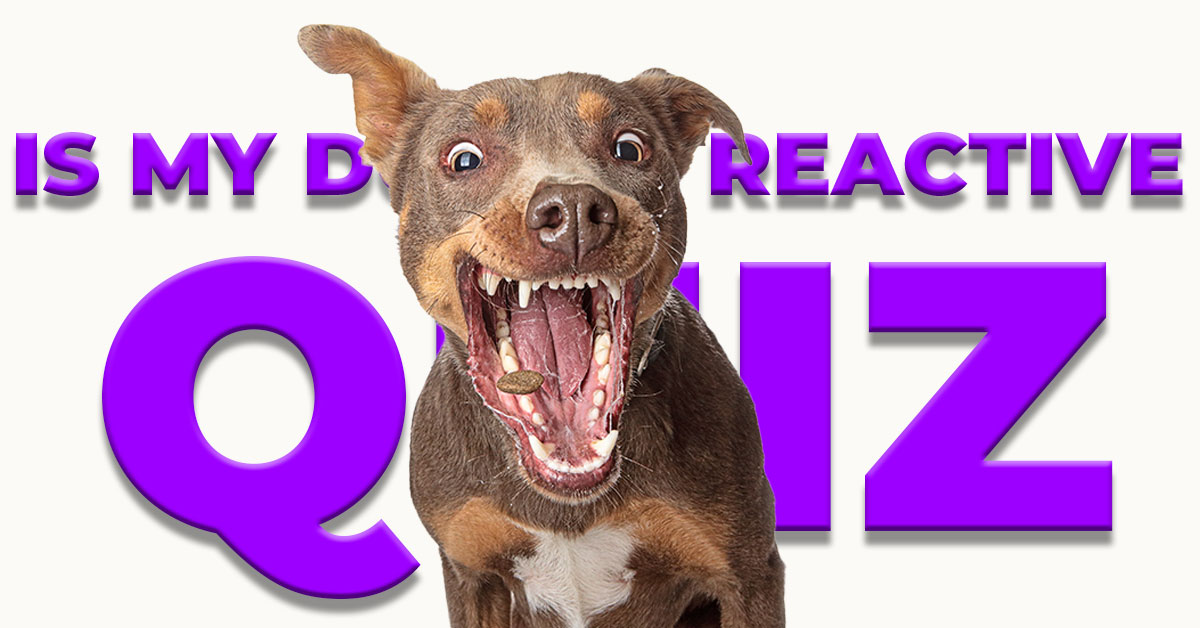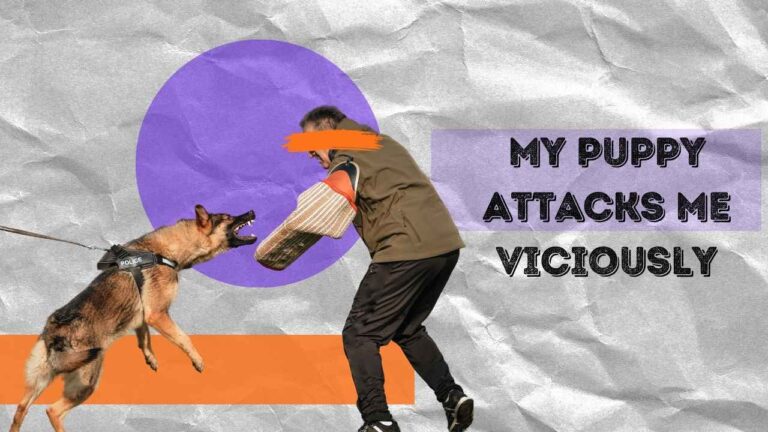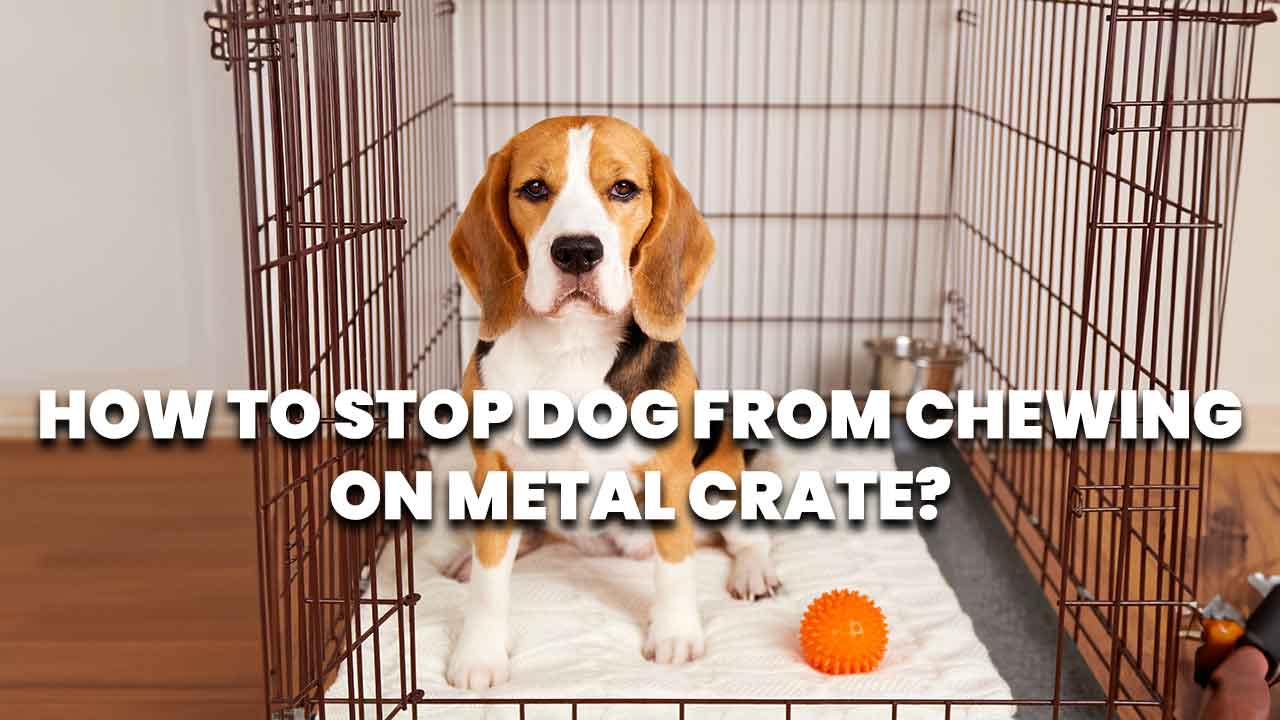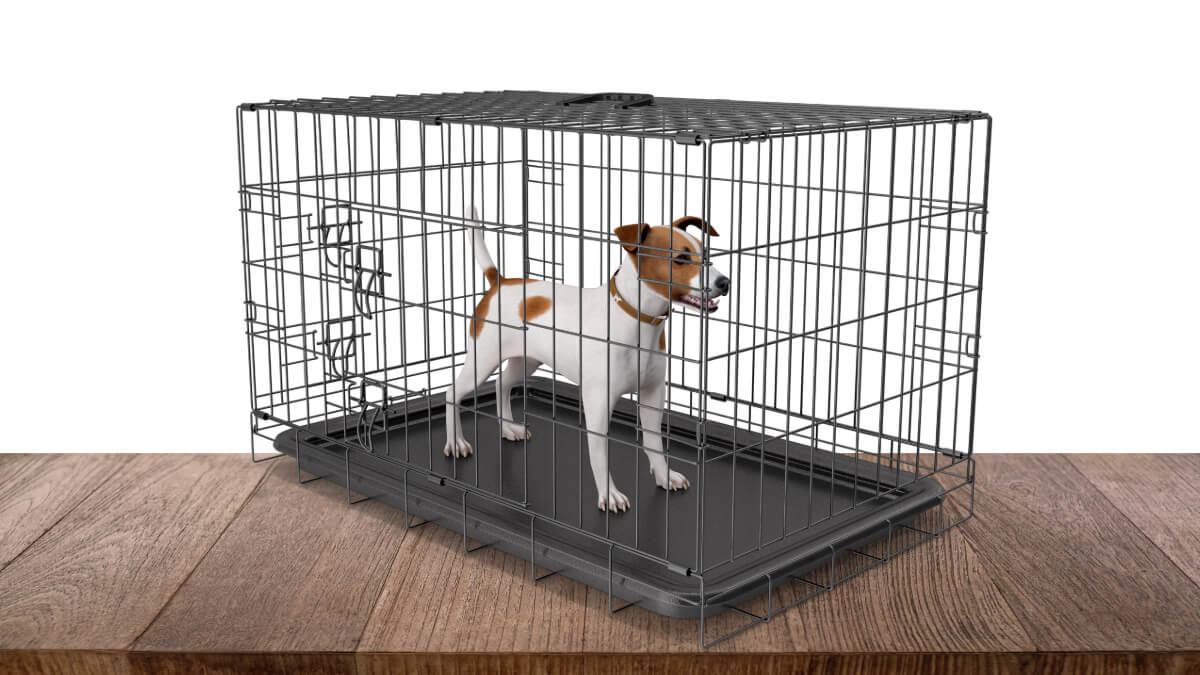Is My Dog Reactive? 50-Question Dog Reactivity Quiz
Key Takeaways: 50-Question Dog Reactivity Quiz
| Question for Dog Reactivity Quiz | Example Response |
| 1. Does your dog bark excessively at strangers or visitors? | Yes, particularly at unfamiliar people. |
| 2. How does your dog react to unfamiliar dogs during walks? | Tends to bark and pull on the leash. Eliminate bad behavior NOW and Create the obedient, well-behaved pet of your dreams…. |
| 3. Is your dog uncomfortable or aggressive around children? | Avoids children and may growl if approached. |
| 4. Does your dog exhibit fearful behaviors in crowded places? | Appears anxious and tries to leave the area. |
| 5. How does your dog behave when encountering other pets at home or outdoors? | Shows aggressive or reactive behavior. |
| 6. Does your dog chase or react aggressively towards small animals? | Chases birds and squirrels but not aggressively. |
| 7. Is your dog reactive to loud noises like thunder or fireworks? | Hides and whines during thunderstorms. |
| 8. How does your dog respond to new or unfamiliar environments? | Cautious at first but explores after a while. |
| 9. Does your dog show signs of anxiety or aggression during vet visits? | Very stressed, may snap if handled. |
| 10. How does your dog react to grooming activities like bathing or nail trimming? | Dislikes nail trimming, tolerates bathing. |
| 11. Does your dog pull on the leash or become immobile during walks? | Pulls towards other dogs and smells. |
| 12. How does your dog behave when meeting other dogs on a leash? | Excited and pulls hard towards them. |
| 13. Does your dog display separation anxiety when left alone? | Whines and sometimes chews on furniture. |
| 14. How does your dog react to being touched or handled by strangers? | Tolerates but looks uncomfortable. |
| 15. Does your dog exhibit calming signals in stressful situations? | Frequently yawns and licks lips in crowds. |
| 16. Does your dog react to people or animals on TV or in windows? | Barks at animals on TV, ignores people. |
| 17. How does your dog respond to riding in a car? | Excited at first, then settles down. |
| 18. Does your dog bark or growl at visitors at the door or window? | Barks loudly when someone approaches the door. |
| 19. Is your dog uneasy or aggressive when encountering outdoor equipment? | Barks at skateboards and bicycles. |
| 20. How does your dog react to hearing doorbells or phones ringing? | Runs to the door and barks. |
| 21. Does your dog exhibit stress signs in response to routine changes? | Becomes restless and whines. |
| 22. How does your dog behave when encountering unfamiliar objects in the home? | Sniffs cautiously, then ignores. |
| 23. Does your dog show signs of discomfort during specific situations? | Nervous around loud, boisterous people. |
| 24. Does your dog display submissive postures in response to certain stimuli? | Rolls over and avoids eye contact. |
| 25. How does your dog react to encountering wildlife or other animals during walks? | Excited, tries to chase. |
| 26. Does your dog show signs of discomfort when touched in certain areas? | Doesn’t like tail being touched. |
| 27. How does your dog behave when left at home alone for extended periods? | Mostly sleeps, sometimes barks at noises. |
| 28. Does your dog react differently to men, women, or children? | More relaxed around women than men. |
| 29. How does your dog behave in different weather conditions? | Dislikes rain, enjoys snow. |
| 30. Does your dog show signs of anxiety or excitement at mealtime? | Very excited and jumps around. |
| 31. How does your dog react to having its leash put on or taken off? | Gets extremely excited when seeing the leash. |
| 32. Does your dog have specific reactions to different types of flooring or surfaces? | Hesitant on slippery floors. |
| 33. How does your dog behave when meeting other animals of similar size or breed? | Friendly but cautious. |
| 34. Does your dog display any unusual behaviors during training sessions? | Easily distracted by noises. |
| 35. How does your dog react to changes in its usual routine or environment? | Seems confused but adapts quickly. |
| 36. Does your dog become overexcited or anxious during playtime with other dogs? | Very playful, sometimes overly rough. |
| 37. How does your dog behave when encountering other pets in pet stores or parks? | Interested, but keeps a distance. |
| 38. Does your dog display any particular behaviors when it’s time for bed? | Settles down quickly in its bed. |
| 39. How does your dog respond to encountering different types of people? | Wary of strangers, but warms up quickly. |
| 40. Does your dog exhibit fearful or aggressive behaviors towards specific items? | Barks at the vacuum cleaner. |
| 41. Does your dog bark or react when it sees other dogs or animals outside the window? | Watches intently, occasionally barks. |
| 42. How does your dog behave during car rides to familiar versus unfamiliar places? | Relaxed to familiar places, anxious to new ones. |
| 43. Does your dog show signs of discomfort or excitement when it hears noises from outside the house? | Alert and curious, sometimes barks. |
| 44. How does your dog respond to being left in a different room from you? | Whines initially, then settles. |
| 45. Does your dog react to specific commands or cues in a heightened or anxious manner? | Responds well to commands but can get overexcited. |
| 46. How does your dog behave when meeting other animals during off-leash play? | Energetic and enjoys playing. |
| 47. Does your dog show signs of distress or overexcitement in pet-friendly stores or public places? | Overwhelmed in crowded places, better in quiet ones. |
| 48. How does your dog react to sudden movements or actions from people around it? | Startled easily, but recovers quickly. |
| 49. Does your dog exhibit any guarding behaviors over food, toys, or spaces? | Guards food bowl but not toys. |
| 50. How does your dog respond to encountering various scents or smells in the environment? | Very interested, loves to explore new scents. |
For anyone struggling with reactivity, these are a good place to start:https://braintraining4dogs.com.
Introduction
Welcome to the world of canine companionship, where understanding your furry friend’s behavior is not just a responsibility but a journey of discovery. Have you ever wondered, “Is my dog reactive?” You’re not alone. Dog reactivity is a common concern among pet owners, often misunderstood and sometimes mislabeled as aggression. But what really is dog reactivity, and how does it affect the safety and well-being of both dogs and their owners? The vision will be clear to you after finishing dog reactivity quiz.
Reactivity in dogs can be likened to an overreaction to certain stimuli in their environment. It could be a response to other dogs, strangers, loud noises, or even specific situations. This behavior is more than just an inconvenience; it can be a sign of underlying stress or anxiety in your canine friend, impacting their quality of life and potentially leading to dangerous situations.
Understanding your dog’s behavior is crucial. It’s about more than just training; it’s about building a deeper bond and ensuring their happiness and safety. That’s why we’ve developed a detailed 50-question quiz designed to help you determine if your dog exhibits reactive behaviors. This quiz isn’t just a set of yes-or-no questions. It’s a comprehensive tool to analyze your dog’s reactions in various situations, providing insights into their emotional and behavioral state.
Understanding Dog Reactivity
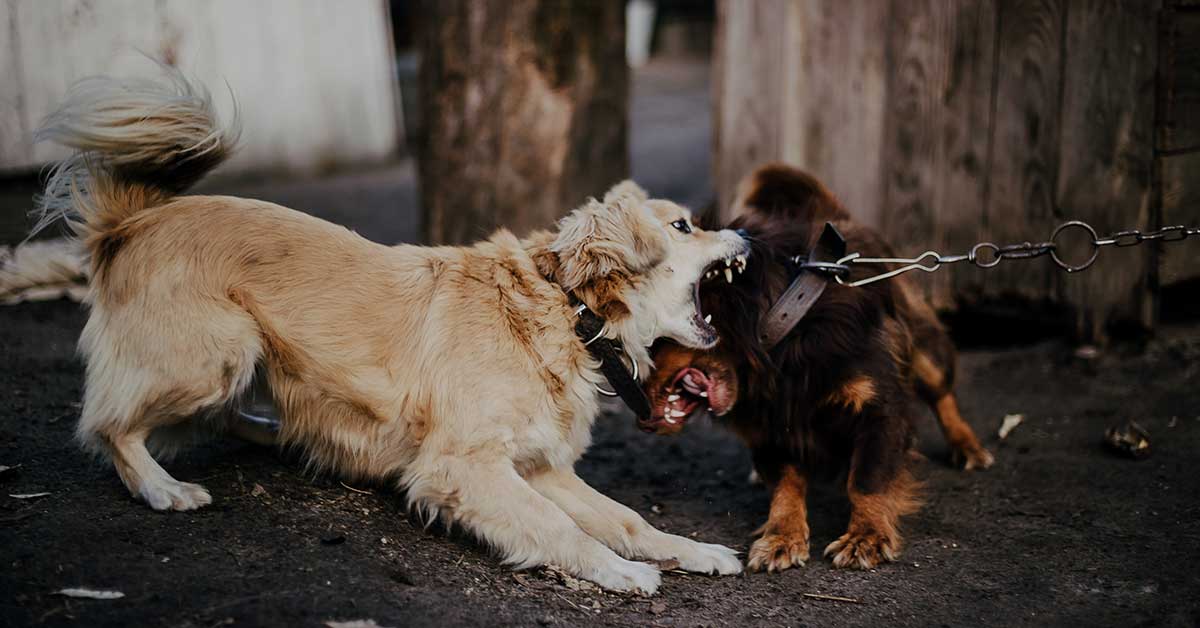
The Thin Line Between Dog Reactivity and Aggression
It’s a common misconception that a reactive dog is an aggressive one. However, dog reactivity and aggression are not the same. Dog reactivity is essentially an over-the-top response to stimuli such as other animals, people, or various situations. It’s like having an exaggerated emotional reaction, where the dog may bark, lunge, or become overly excited or scared. Aggression, on the other hand, involves behaviors intended to threaten or harm.
Common Triggers and Signs of Dog Reactivity
Every dog is unique, and so are the triggers that spark their reactivity. Some may react to the sight of other dogs, while others become anxious at loud noises or when encountering strangers. Recognizing these triggers is the first step towards managing reactivity effectively. Common signs of dog reactivity include excessive barking, growling, lunging, or snapping when faced with specific stimuli.
The Role of Responsible Ownership in Managing Dog Reactivity
Managing a reactive dog is a testament to responsible pet ownership. It involves understanding your dog’s triggers, providing them with a safe and supportive environment, and using positive reinforcement techniques to encourage calm behavior. Importantly, it’s about patience and consistency in training and handling.
For those who face challenges in managing their dog’s reactivity, seeking professional guidance is highly recommended. Professional trainers and behaviorists can provide tailored strategies and support, ensuring that both you and your dog can enjoy a stress-free life.
Learn more about professional dog training
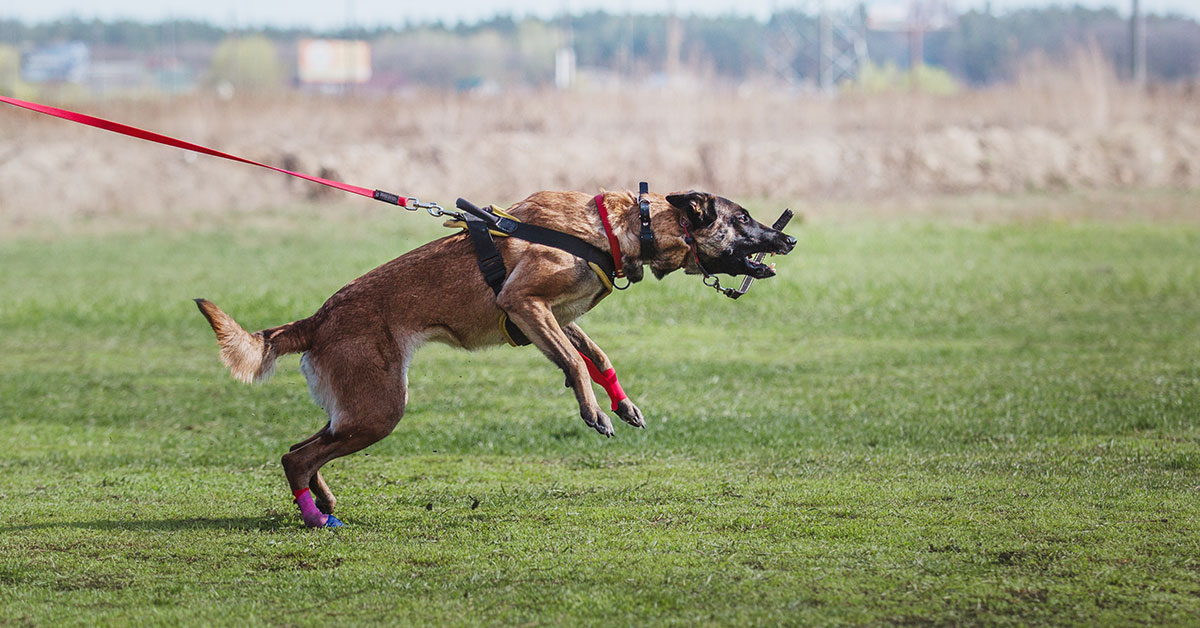
Comprehensive 50-Question Dog Reactivity Quiz
- Does your dog bark excessively at strangers or visitors?
- How does your dog react to unfamiliar dogs during walks?
- Is your dog uncomfortable or aggressive around children?
- Does your dog exhibit fearful behaviors in crowded places?
- How does your dog behave when encountering other pets at home or outdoors?
- Does your dog chase or react aggressively towards small animals?
- Is your dog reactive to loud noises like thunder or fireworks?
- How does your dog respond to new or unfamiliar environments?
- Does your dog show signs of anxiety or aggression during vet visits?
- How does your dog react to grooming activities like bathing or nail trimming?
- Does your dog pull on the leash or become immobile during walks?
- How does your dog behave when meeting other dogs on a leash?
- Does your dog display separation anxiety when left alone?
- How does your dog react to being touched or handled by strangers?
- Does your dog exhibit calming signals (like yawning or lip licking) in stressful situations?
- Does your dog react to people or animals on TV or in windows?
- How does your dog respond to riding in a car?
- Does your dog bark or growl at visitors at the door or window?
- Is your dog uneasy or aggressive when encountering outdoor equipment (e.g., skateboards, bicycles)?
- How does your dog react to hearing doorbells or phones ringing?
- Does your dog exhibit stress signs (like panting or drooling) in response to routine changes?
- How does your dog behave when encountering unfamiliar objects in the home?
- Does your dog show signs of discomfort or fear during specific situations, like meeting new people on walks?
- Does your dog display submissive postures (like crouching or tail tucking) in response to certain stimuli?
- How does your dog react to encountering wildlife or other animals during walks?
- Does your dog show signs of discomfort when touched in certain areas?
- How does your dog behave when left at home alone for extended periods?
- Does your dog react differently to men, women, or children?
- How does your dog behave in different weather conditions (e.g., rain, snow, heat)?
- Does your dog show signs of anxiety or excitement at mealtime?
- How does your dog react to having its leash put on or taken off?
- Does your dog have specific reactions to different types of flooring or surfaces?
- How does your dog behave when meeting other animals of similar size or breed?
- Does your dog display any unusual behaviors during training sessions?
- How does your dog react to changes in its usual routine or environment?
- Does your dog become overexcited or anxious during playtime with other dogs?
- How does your dog behave when encountering other pets in pet stores or parks?
- Does your dog display any particular behaviors when it’s time for bed?
- How does your dog respond to encountering different types of people (e.g., delivery personnel, maintenance workers)?
- Does your dog exhibit fearful or aggressive behaviors towards specific items (e.g., vacuum cleaners, brooms)?
- Does your dog bark or react when it sees other dogs or animals outside the window?
- How does your dog behave during car rides to familiar versus unfamiliar places?
- Does your dog show signs of discomfort or excitement when it hears noises from outside the house?
- How does your dog respond to being left in a different room from you?
- Does your dog react to specific commands or cues in a heightened or anxious manner?
- How does your dog behave when meeting other animals during off-leash play?
- Does your dog show signs of distress or overexcitement in pet-friendly stores or public places?
- How does your dog react to sudden movements or actions from people around it?
- Does your dog exhibit any guarding behaviors over food, toys, or spaces?
- How does your dog respond to encountering various scents or smells in the environment?
Get my FREE ebook: DEALING WITH REACTIVE DOGS
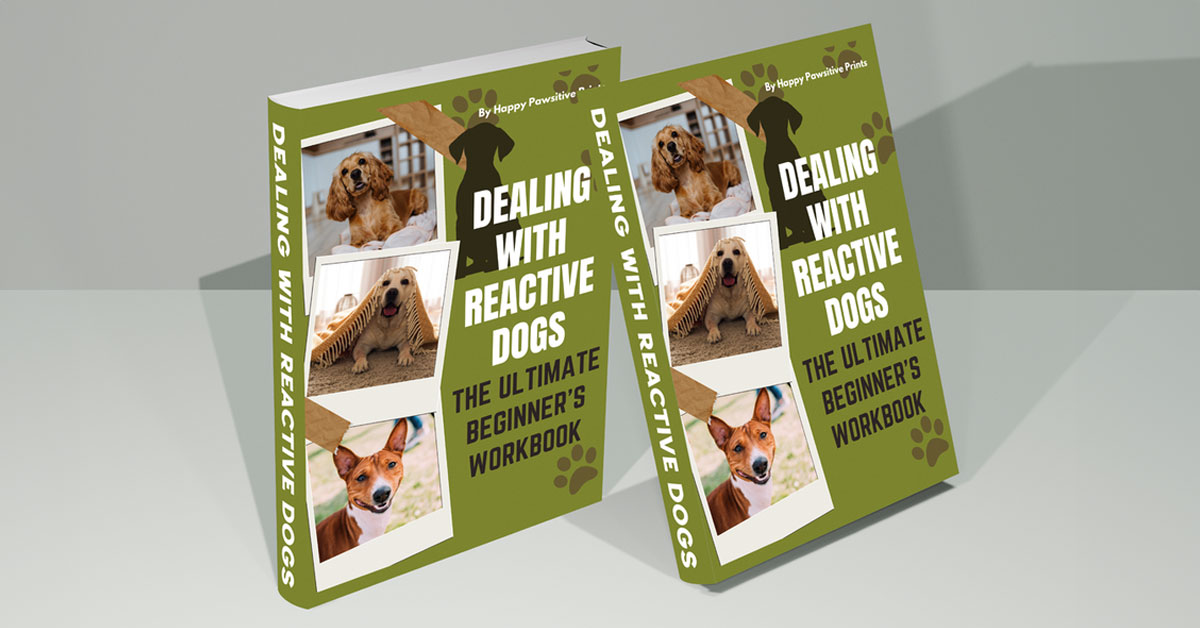
Understanding the Dog Reactivity Quiz Results
Once you’ve completed the 50-question dog reactivity quiz, it’s important to interpret the results to understand your dog’s behavior better and decide the next steps. Here’s a guide to help you analyze the outcomes:
Low Dog Reactivity Scores (0-20 ‘Yes’ Responses)
- Behavioral Profile: Dogs with low reactivity scores are generally well-adjusted and comfortable in a variety of situations.
- Recommended Actions: Continue with regular training, socialization, and maintaining a stable environment to support their positive behavior. Regular exercise and mental stimulation can help keep your dog balanced and happy.
Moderate Dog Reactivity Scores (21-35 ‘Yes’ Responses)
- Behavioral Profile: Dogs scoring in this range may have specific triggers that cause reactive behavior. These dogs might react in particular situations but are generally manageable.
- Recommended Actions: Focus on identifying specific triggers and work on desensitization and counterconditioning strategies. Professional guidance from a dog trainer or behaviorist can be beneficial.
High Dog Reactivity Scores (36-50 ‘Yes’ Responses)
- Behavioral Profile: Dogs with high reactivity scores may exhibit strong reactions to a variety of stimuli and might require more intensive management.
- Recommended Actions: It’s crucial to seek assistance from a certified dog behaviorist or trainer. These professionals can provide tailored strategies and support to manage and reduce dog reactivity. In some cases, consulting with a veterinary behaviorist might be necessary, especially if there are concerns about aggression.
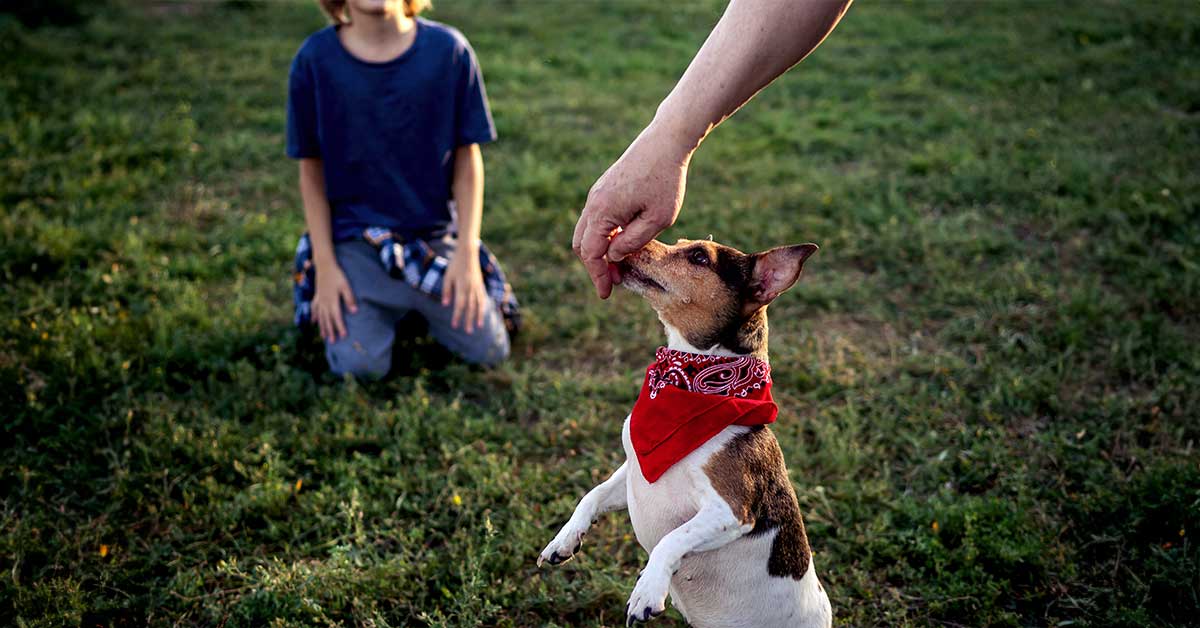
20 Dog Training Tips for Managing Dog Reactivity
- Understand Your Dog’s Triggers: Identify what specifically causes your dog’s reactive behavior (other dogs, strangers, loud noises, etc.).
- Create a Safe Environment: Ensure your home and yard are safe and comfortable spaces for your dog, free from stress-inducing stimuli.
- Use Positive Reinforcement: Reward calm and non-reactive behaviors with treats, praise, or play to reinforce positive behavior.
- Implement Consistent Training: Regular training sessions help your dog learn and maintain good behavior.
- Desensitize Gradually: Expose your dog to their triggers in a controlled way, starting from a distance and gradually getting closer.
- Counter-Conditioning: Pair the presence of the trigger with something positive (like treats) to change your dog’s emotional response.
- Stay Calm and Confident: Dogs can sense your emotions, so maintaining calmness helps them stay calm in triggering situations.
- Avoid Punishment: Punishing reactive behavior can increase stress and worsen reactivity.
- Exercise Regularly: Adequate physical exercise can help reduce excess energy and stress that may contribute to reactivity.
- Mental Stimulation: Engage your dog’s mind with puzzle toys, scent games, and training exercises to keep them mentally stimulated.
- Socialize Carefully: Proper socialization, especially when young, can prevent or reduce reactivity, but avoid overwhelming your dog.
- Use Appropriate Gear: Harnesses and leashes that give you better control can help manage reactive situations.
- Seek Professional Help: If reactivity is severe, consult a professional dog trainer or behaviorist.
- Focus on Distance: Keep a safe distance from triggers and gradually decrease it over time as your dog becomes more comfortable.
- Teach ‘Look at Me’ Command: Train your dog to focus on you on command, which can redirect their attention away from triggers.
- Practice Relaxation Techniques: Teach your dog to relax on cue in various environments.
- Controlled Exposure: Introduce your dog to different environments, people, and animals in a controlled and positive manner.
- Set Realistic Goals: Understand that progress may be slow and that every dog is different.
- Celebrate Small Victories: Acknowledge and reward even the small steps of progress your dog makes.
- Be Patient and Persistent: Behavior change takes time, so be patient with your dog and consistent in your training approach.

